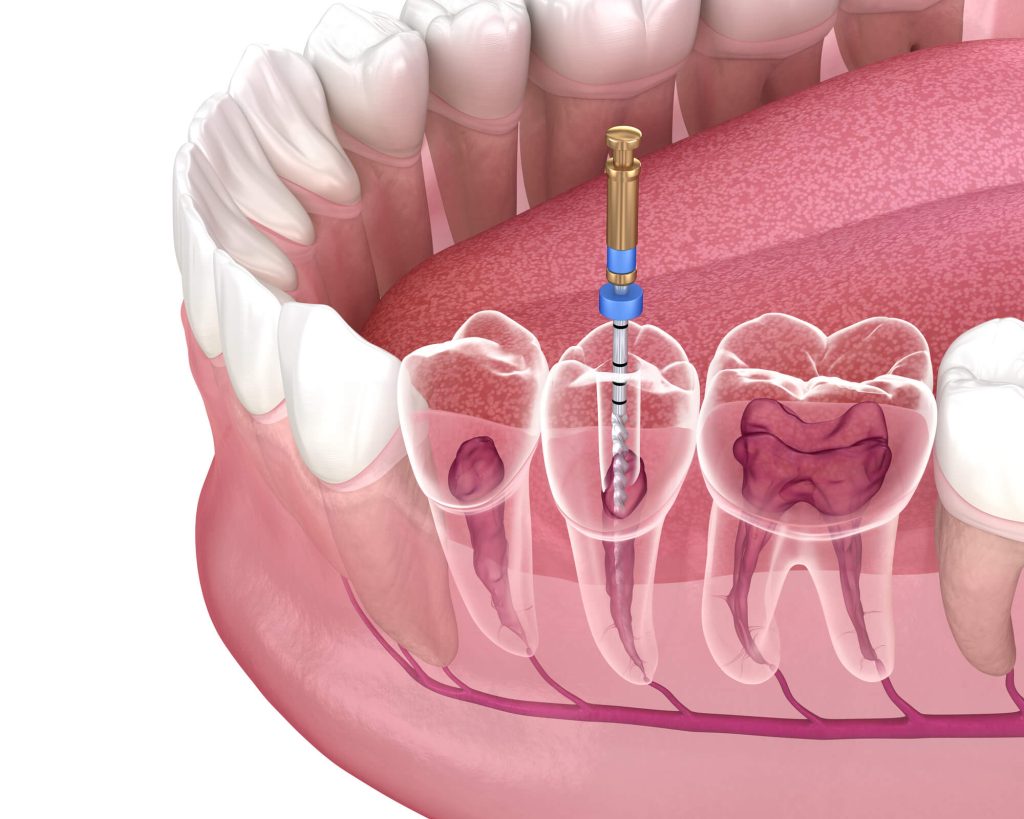Some people mistakenly believe there can’t be anything wrong with their mouths if their teeth and gums aren’t hurting. However, pain isn’t always a reliable indicator of a person’s oral health. Since not all infection results in pain, you may still need a root canal in Midlothian even if you don’t feel any pain.
Moreover, dental professionals perform root canal procedures to address tooth pulp infections to save an infected tooth from extraction. In most cases, they can complete a root canal in one or two visits. Let’s take a closer look at how this treatment works.
What Happens During a Root Canal Treatment?
Preparation
The endodontist examines the tooth and takes x-rays before administering local anesthetics. Once they’ve numbed the tooth, they’ll place a protective sheet, a dental dam, over the area. Besides isolating the affected tooth, a dental dam keeps it clean and free of saliva while the endodontist is at work.
Procedure
The endodontist makes a small hole in the crown to access the tooth’s pulp. Next, they clean the pulp chamber and root canals using special instruments. This process allows them to prepare these areas for filling.
Once the space is ready, they’ll fill the root canals with gutta-percha, a rubber-like biocompatible material. Moreover, they’ll use adhesive cement to seal the root canals completely. In some cases, they close the opening using a temporary filling. However, they’ll remove the temporary filling once they restore the treated tooth.
Next Visit
Your endodontist will restore the treated tooth’s appearance and function by placing a crown or another restoration on it. They may place a post inside the tooth if it doesn’t have enough structure to support the restoration. In addition, they may recommend a specific restorative solution for your tooth.
Considering a Root Canal in Midlothian?
At Commonwealth Endodontics, we provide quality endodontic care in a clean and comfortable environment. Contact us today to make an appointment.
